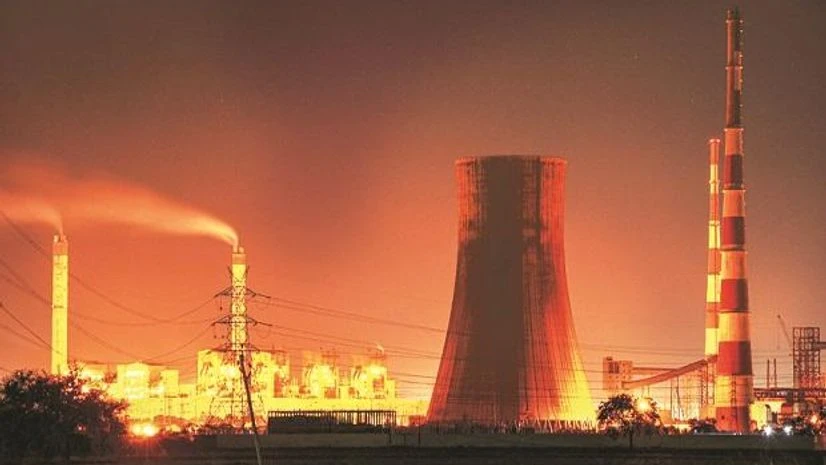The output of India’s eight key infrastructure industries expanded by 4 per cent year-on-year in June, the slowest growth in 20 months, according to data released by the Department for Promotion of Industry and Internal Trade on Wednesday.
The slowdown in growth can be ascribed to factors such as a high base and moderating electricity demand due to the monsoon. The output growth was 6.4 per cent in May 2024 and 8.4 per cent in June 2023.
The eight sectors — coal, steel, cement, fertiliser, electricity, natural gas, refinery products, and crude oil — constitute two-fifths of India’s total industrial production. Consequently, they have a big impact on the index.
Aditi Nayar, chief economist at ICRA, noted that core sector expansion fell to a 20-month low of 4 per cent in June 2024. This decline was driven by slower growth or deeper contraction in five of the eight sectors, except coal, fertiliser, and cement, compared to May.


“With the onset of the monsoon, electricity growth reverted to single digits after two months, although it remained healthy at 7.7 per cent. Given the dip in core sector growth, we expect the Index of Industrial Production to increase by 3.5-5 per cent in June 2024,” Nayar said.
More From This Section
Except for crude oil and refinery products, the remaining six sectors witnessed positive growth.
Coal production grew by 14.8 per cent in June, driven by higher demand for power.
Electricity generation saw a 7.7 per cent increase, which was lower than the 13.7 per cent growth in May but higher than the 4.2 per cent growth in June 2023.
Production of natural gas, steel, fertiliser, and cement grew by 3.3 per cent, 2.7 per cent, 2.4 per cent, and 1.9 per cent, respectively, compared to the same period last year.
According to Bank of Baroda Chief Economist Madan Sabnavis, the growth in steel and cement output was primarily due to a high base of 21.3 per cent and 9.9 per cent, respectively, as well as muted government spending on capital expenditures due to elections.
“This trend is expected to reverse and pick up in the coming months,” Sabnavis said.
“Fertiliser growth was lower at 2.4 per cent compared to 3.4 per cent, which may be due to existing stocks used for the kharif crop. This growth is expected to pick up in July when sowing peaks. Lower crude oil prices have kept domestic production subdued, which is also reflected in the growth of refinery products,” he added.

)